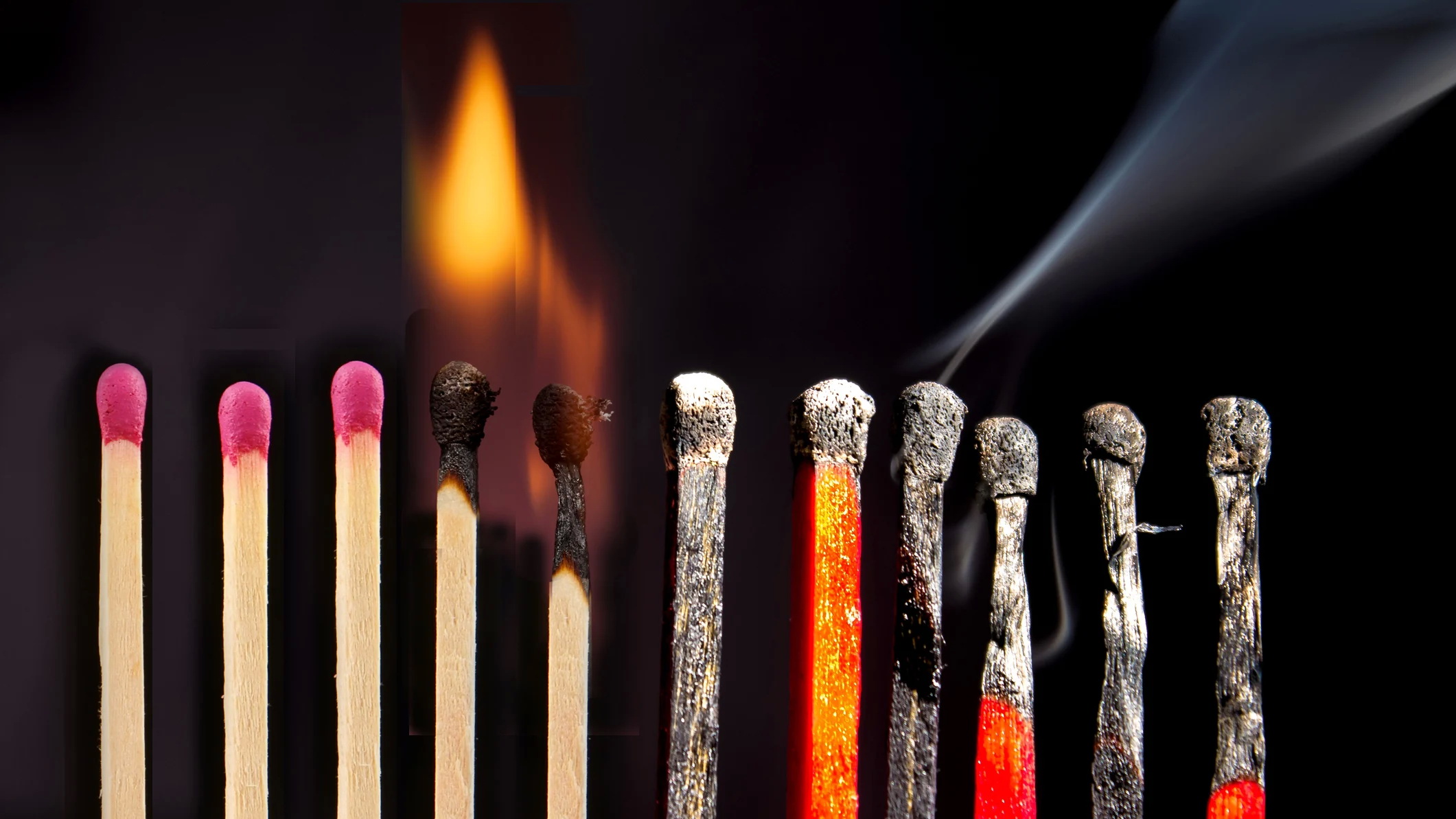It’s good to have high standards, right? Virtue is “moral excellence,” so wanting excellence is a virtue, right? Certainly, having high standards can be good; however, when you move from wanting good to expecting only the best, you lead yourself down the road of broken expectations towards burnout.
Maximizers and Satisficers
Herbert Simon began with a simple goal of understanding how people make decisions, and the outcome was two different kinds of decisions people make. Evolution made the first kind of decision. These are called “satisficing” decisions. These decisions are made with the available information at hand, so they’re “good enough.” The second kind of decision is the “maximizing” decision. These decisions review all the possibilities and identify the optimal solution. Here, the point is simply “best.”
The good news for the maximizers is that they objectively do better with life. They have higher salaries. They generally get more from life than their satisficing peers – except they’re not as happy. The driving force for maximizers is “the best.” When they make a decision, they’re primed to regret it when something better comes along.
In contrast, the satisficers with their, sometimes high, standards seek a solution that meets their needs. They aren’t worried about whether there’s a deal that can save them a few percent or something ever-so-slightly better. It seems like the reason for this is they intuitively understand the decision-making costs.
Decision-Making Cost
In every decision, we must work with incomplete data. Whether that’s because we’ve not done an exhaustive search or because we can’t predict the future, decisions are necessarily limited by the amount of available information. Maximizers are quite willing to do the work to find the absolute best – or what they perceive as the absolute best. Satisficers are willing to search only until they find an acceptable solution. Once their criteria are met, they make the decision and move on. Satisficers largely don’t worry about next week’s sale that would have saved a few dollars or the new innovation that might be five percent faster.
Satisficers recognize that the mental energy of trying to find the absolute best has a psychological and temporal cost. The basic math becomes an evaluation of the cost of doing a more detailed search to the possible benefit, and it becomes not worth the additional benefit.
Not People
One of the key discoveries since Simon’s work is that people aren’t universally maximizers or satisficers. In some things, we may be a maximizer, and in others, we’ll behave as satisficers. One person can insist on the absolute best home but be fine with a car that is basic transportation. It’s an oversimplification to say that people are maximizers or satisficers. It is not, however, too much to say that each of us has a tendency towards more or less maximization in our life, and that maximization drives us towards burnout.
Missing Expectations
The problem with maximization is that it’s a standard that cannot be met. Burnout is the gap between our expectations of our abilities and our reality. If we believe we can find the absolute best and learn later that there is something better, we’ll necessarily experience regret. We’ll be disappointed that we couldn’t find the best fit for our needs. It’s this unrealistic expectation of perfection that drives us towards burnout. When we maximize and miss – as we are bound to – we invite burnout into our world.
Converting to Satisficing
Through a bit of twisted – but broader – logic, it is possible to realize that satisficers are actually getting the better deal. Sure, they’re not making the same money – but they’re happy, and money doesn’t buy happiness. If you want to avoid burnout, perhaps the best way to do that is to do more satisficing and less maximizing.










